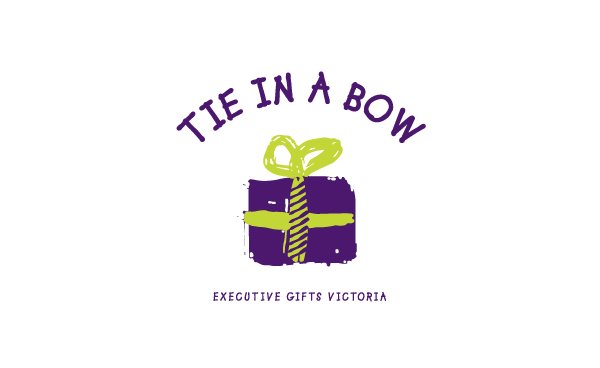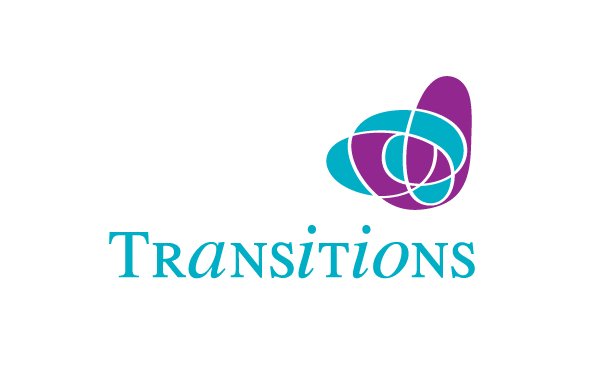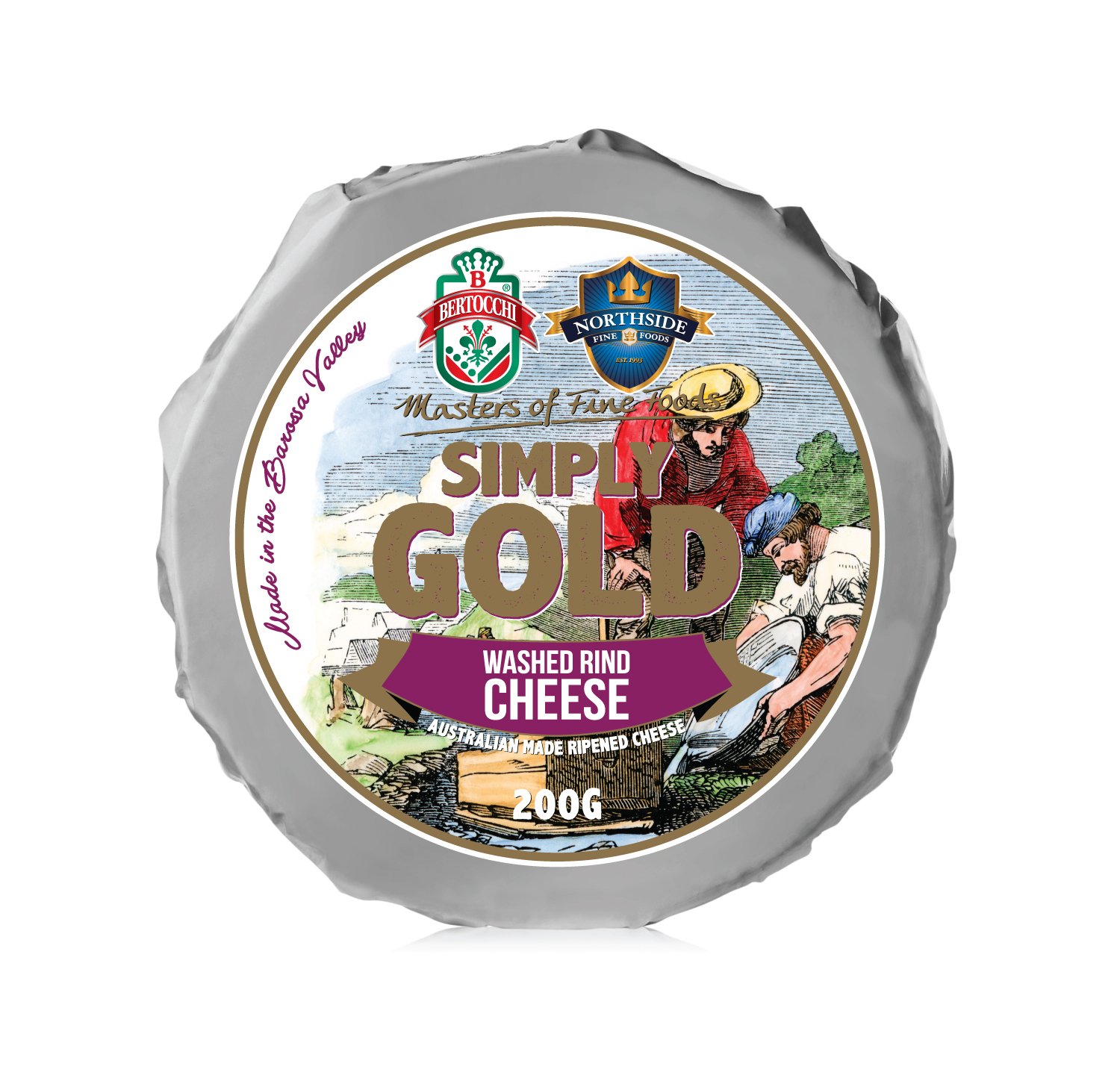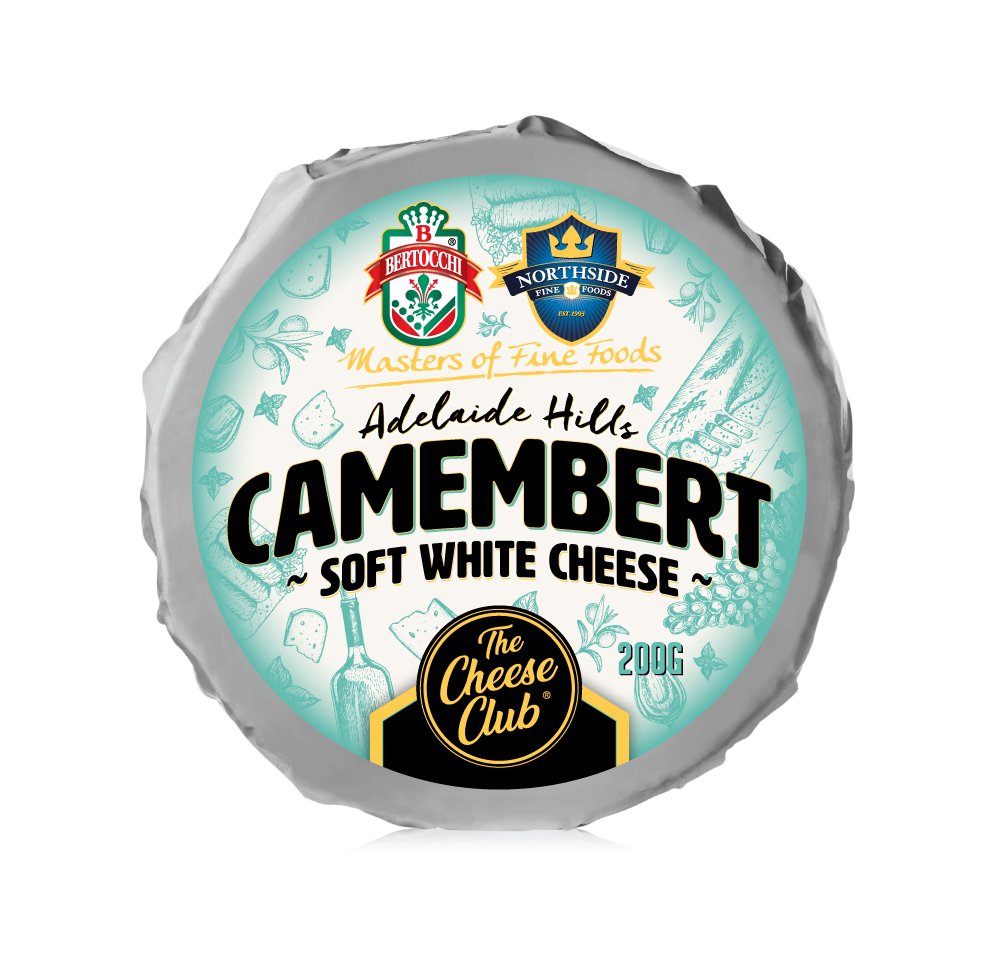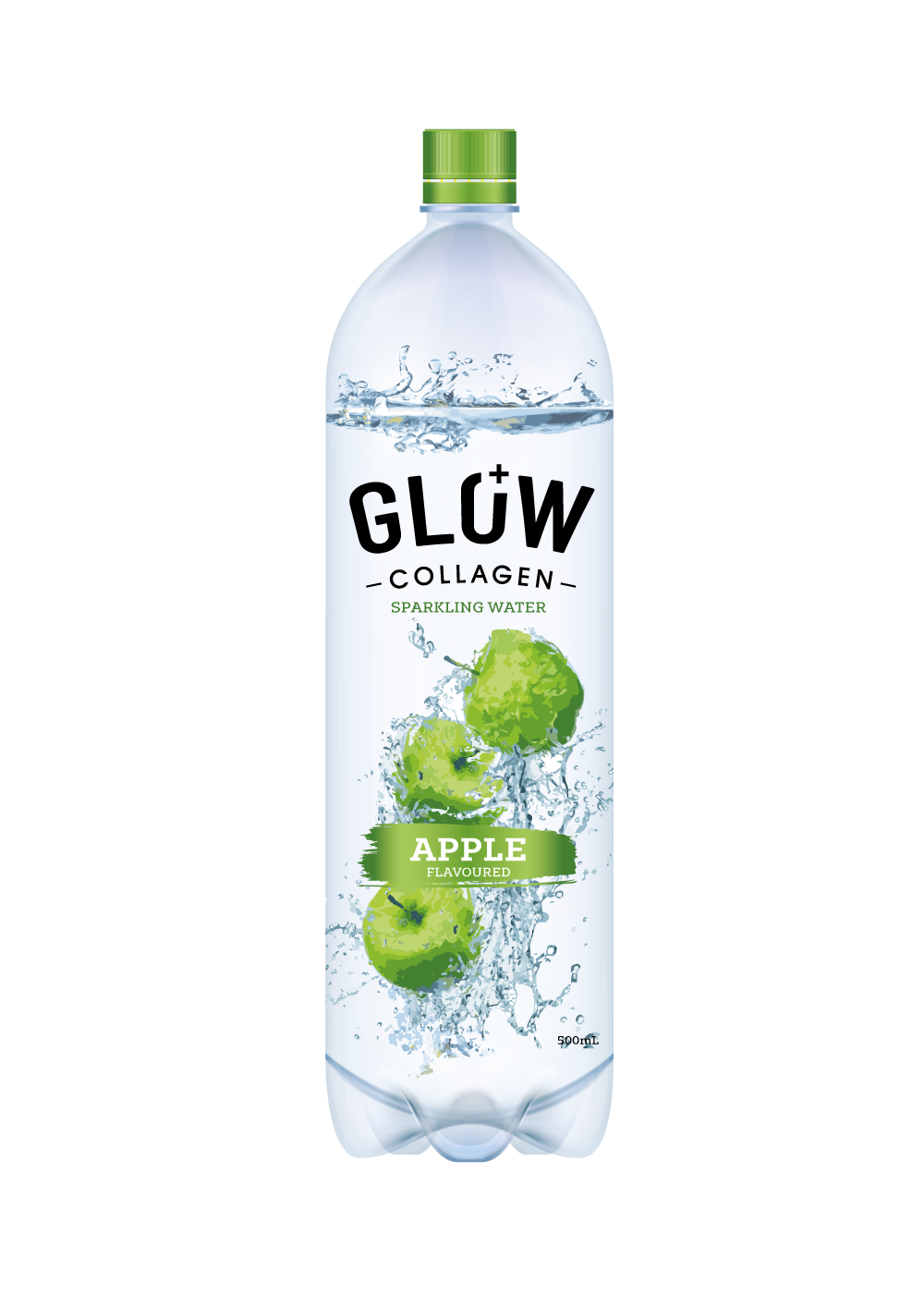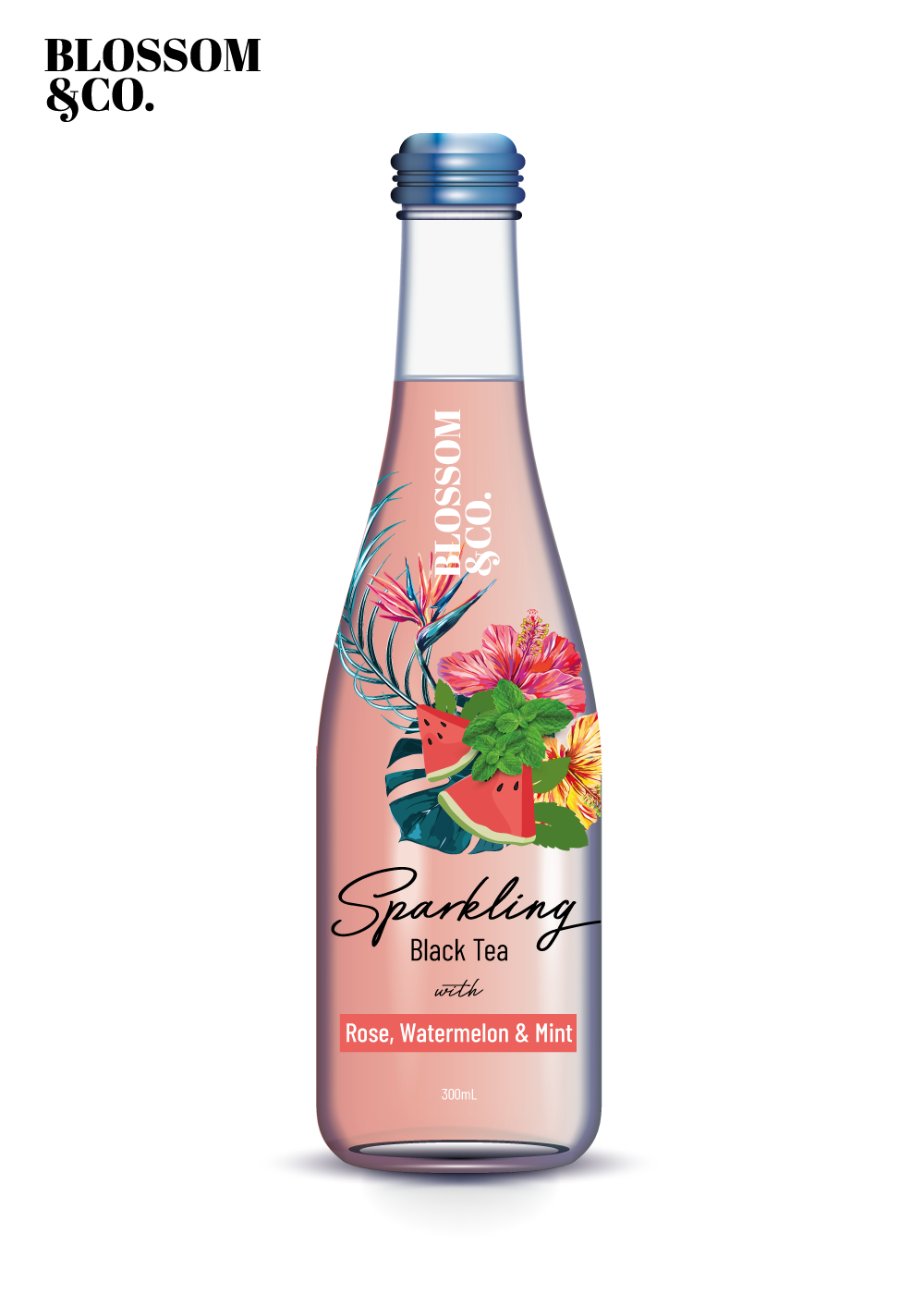Our Services
-
Graphic design consulting services can encompass a wide range of offerings to help businesses and individuals enhance their visual identity and communication. Here are some key areas that graphic design consulting might cover:
1. Brand Development: Assisting in creating or refining a brand’s identity, including logo design, color schemes, typography, and overall visual style.
2. Marketing Materials: Designing brochures, flyers, business cards, and other promotional materials that effectively communicate the brand message.
3. Digital Design: Providing guidance on website design, user experience (UX), and user interface (UI) to ensure that digital platforms are visually appealing and functional.
4. Packaging Design: Consulting on product packaging that not only protects the product but also attracts customers and communicates the brand story.
5. Social Media Graphics: Creating visually engaging graphics for social media platforms to enhance online presence and engagement.
6. Print Media: Advising on design for magazines, books, and other printed materials to ensure high-quality visual output.
7. Art Direction: Offering strategic oversight on design projects, ensuring alignment with overall business goals and brand objectives.
8. Workshops and Training: Conducting training sessions for teams or individuals to enhance their design skills or to understand design principles better.
9. Design Audits: Reviewing existing designs and providing feedback on improvements to enhance effectiveness and consistency.
10. Creative Strategy: Collaborating on long-term creative strategies that align design efforts with business objectives.
If you have a specific area of interest or need more detailed information about any of these services, feel free to ask!
-
Packaging design services involve creating visually appealing and functional packaging solutions that enhance the product's marketability while ensuring safety and compliance with regulations. These services typically include:
1. Concept Development: Collaborating with clients to understand their brand, target audience, and product specifics to create innovative packaging concepts.
2. Graphic Design: Designing labels, logos, and graphics that convey the brand's message, attract consumers, and stand out on shelves.
3. Material Selection: Advising on suitable packaging materials that maintain product freshness, ensure safety, and align with sustainability goals.
4. Prototyping: Developing prototypes to test the packaging design for functionality, durability, and visual appeal before mass production.
5. Regulatory Compliance: Ensuring that the packaging meets food safety regulations and labeling requirements, including nutritional information and allergen warnings.
6. Market Research: Conducting research to understand market trends, consumer preferences, and competitive packaging strategies to inform design decisions.
7. Sustainability Consulting: Offering eco-friendly packaging solutions and strategies to minimize environmental impact while appealing to environmentally-conscious consumers.
8. Production Coordination: Collaborating with manufacturers to oversee the production process, ensuring quality control and timely delivery of packaging.
These services aim to enhance the consumer experience, boost brand recognition, and ultimately drive sales in the competitive food market.
-
Graphic design is the art and practice of creating visual content to communicate messages effectively. It combines elements such as typography, imagery, color, and layout to produce designs that engage and inform audiences. Here are the key aspects of graphic design:
1. Visual Communication: Graphic design translates ideas and messages into visual formats, making complex information more accessible and engaging.
2. Brand Identity: Designers create logos, color schemes, and branding materials that establish and reinforce a brand's identity, helping businesses stand out in the marketplace.
3. Print Design: This includes designing materials such as brochures, posters, business cards, and packaging, focusing on layout, typography, and imagery to enhance the printed product.
4. Digital Design: Graphic design extends to web and mobile applications, where designers create user interfaces, social media graphics, and online advertisements that enhance user experience and engagement.
5. Illustration: Many graphic designers incorporate custom illustrations to add a unique touch to their work, making it more memorable and visually appealing.
6. Motion Graphics: This involves creating animated graphics and visual effects for videos and digital media, adding dynamism and interest to storytelling.
7. User Experience (UX) Design: Graphic designers often collaborate with UX designers to create visually pleasing interfaces that improve the overall user experience on websites and applications.
8. Advertising and Marketing: Graphic design plays a crucial role in advertising campaigns, where visuals are crafted to attract attention and convey persuasive messages.
Overall, graphic design merges creativity with strategic thinking, aiming to produce visually compelling content that effectively communicates the intended message and resonates with the target audience.
-
Website design services encompass a range of offerings aimed at creating visually appealing, user-friendly, and functional websites. These services typically include:
1. Consultation and Strategy: Understanding the client's goals, target audience, and market positioning to develop a tailored website strategy.
2. UI/UX Design: Focusing on user interface (UI) and user experience (UX) to create intuitive and engaging layouts that enhance navigation and usability.
3. Responsive Design: Ensuring the website is mobile-friendly and adapts seamlessly to various screen sizes and devices, providing a consistent experience for all users.
4. Graphic Design: Creating custom graphics, icons, and images that align with the brand identity and enhance visual appeal.
5. Content Management Systems (CMS): Setting up and customizing CMS platforms (like WordPress, Shopify, or Joomla) to allow clients to manage their website content easily.
6. E-commerce Solutions: Designing and developing online stores with features such as product listings, shopping carts, payment gateways, and secure checkout processes.
7. Search Engine Optimization (SEO): Implementing best practices in design and content to optimize the website for search engines, improving visibility and traffic.
8. Accessibility Compliance: Ensuring the website meets accessibility standards (such as WCAG) to ensure it is usable by individuals with disabilities.
9. Performance Optimization: Enhancing website speed and performance through efficient coding, image optimization, and other technical improvements.
10. Maintenance and Support: Offering ongoing support services, including regular updates, troubleshooting, and security monitoring to keep the website running smoothly.
11. Analytics Integration: Setting up tools to track user behavior and website performance, providing insights for continuous improvement.
These services aim to create a cohesive online presence that effectively communicates the brand's message, engages visitors, and drives conversions, ultimately contributing to the client's business success.



























